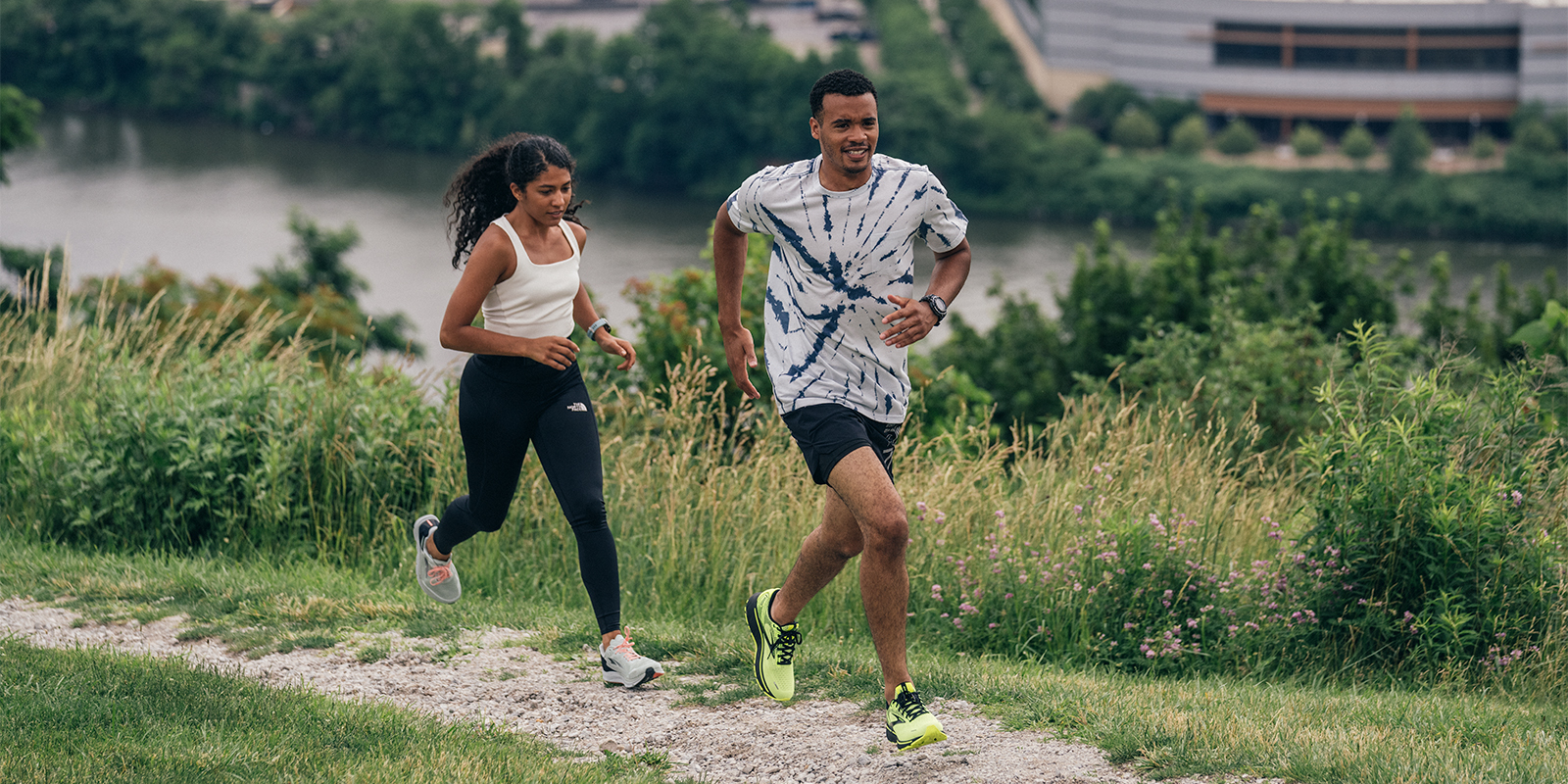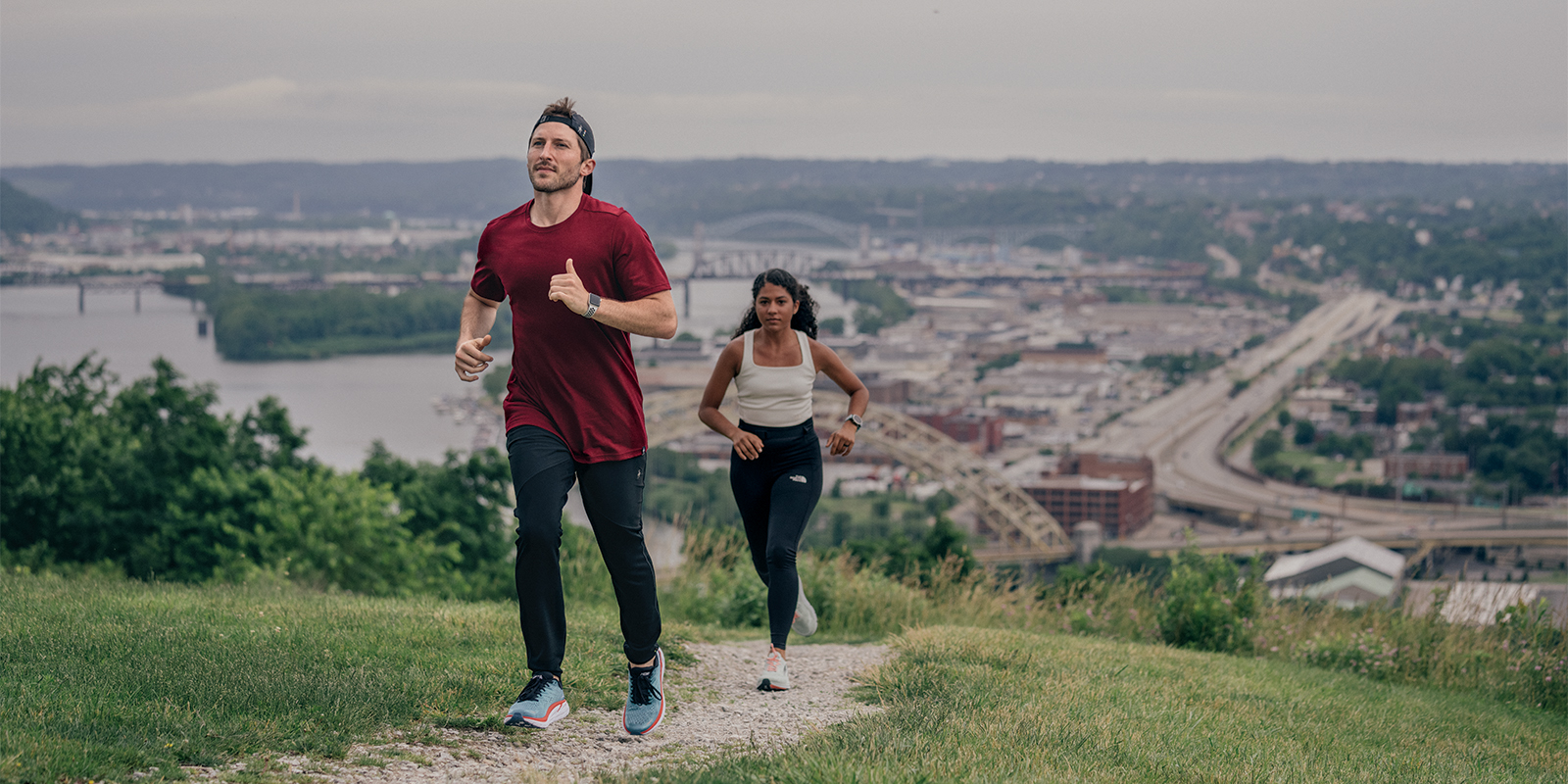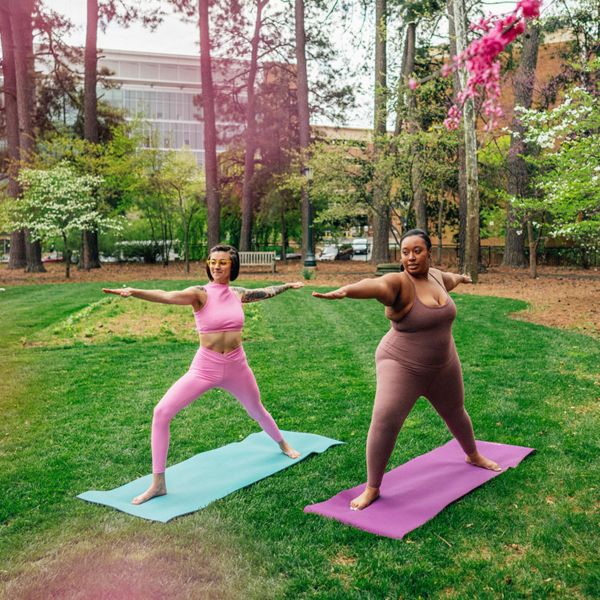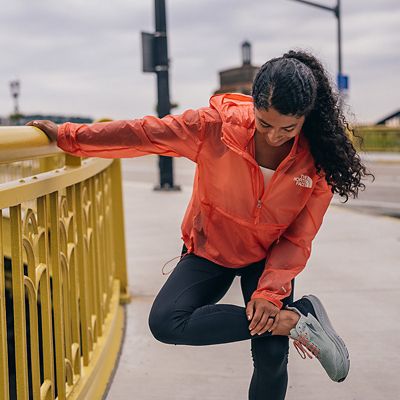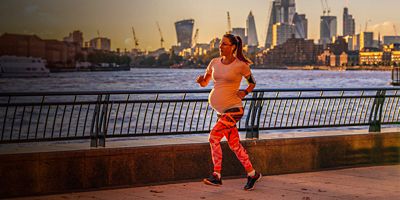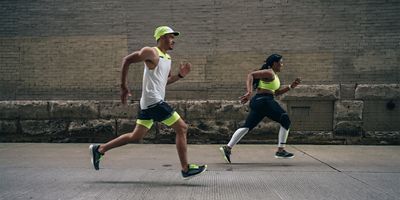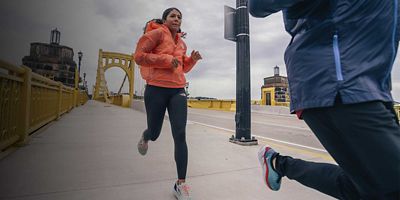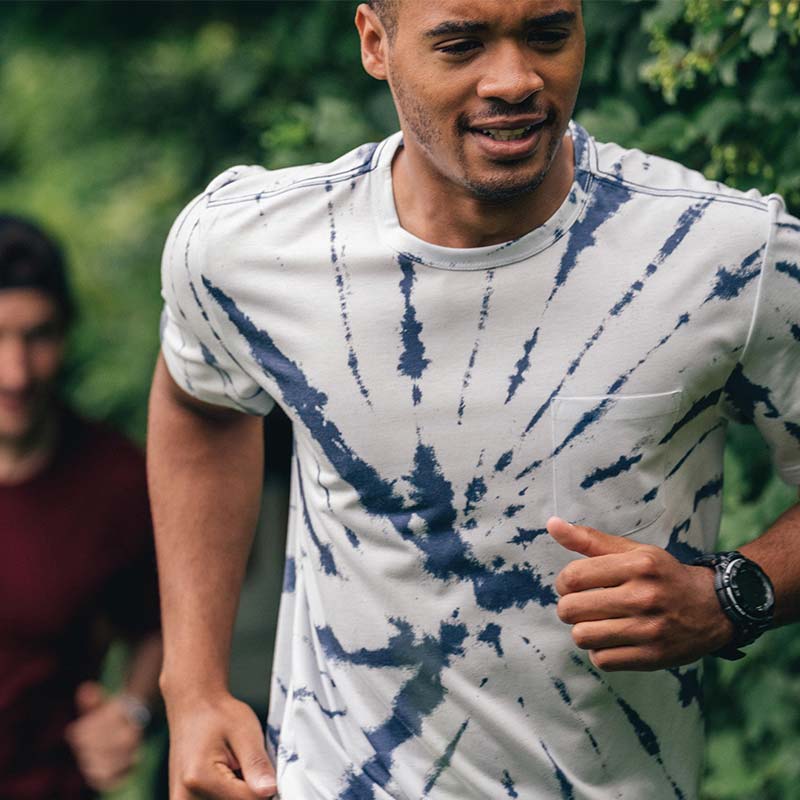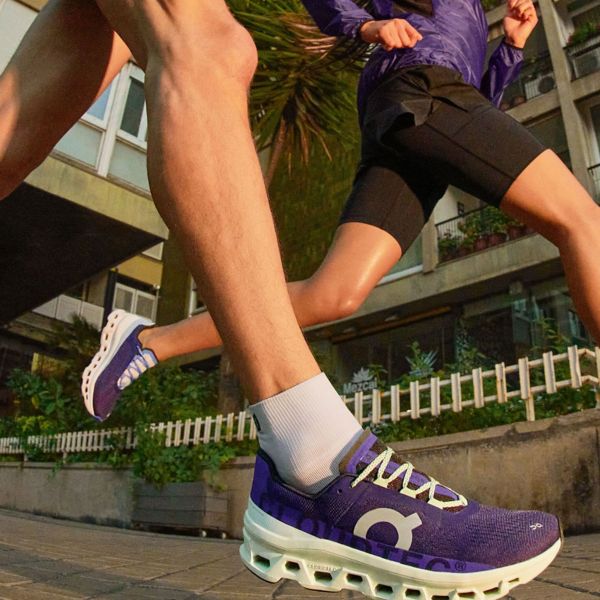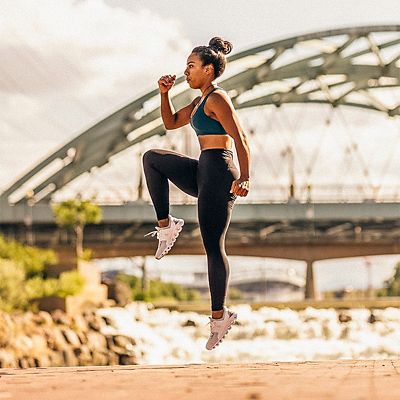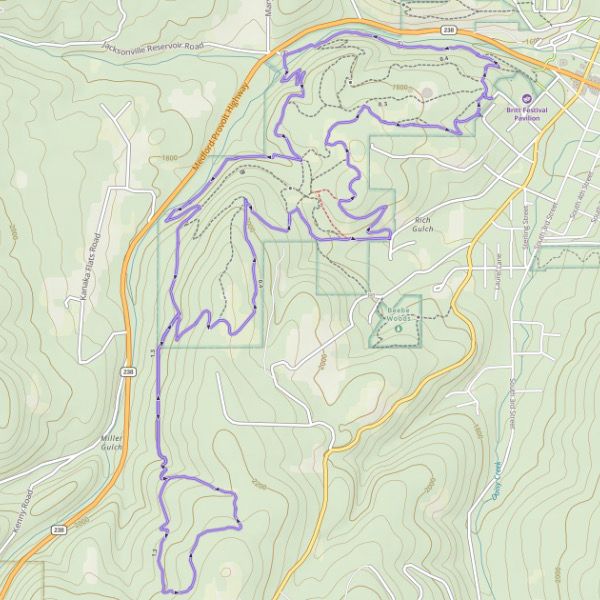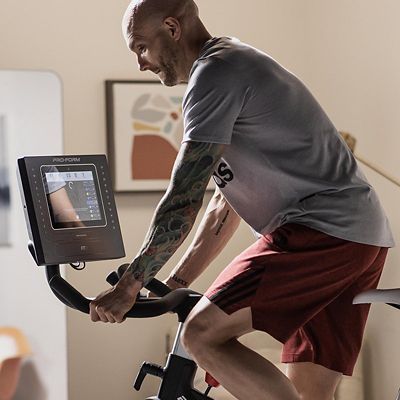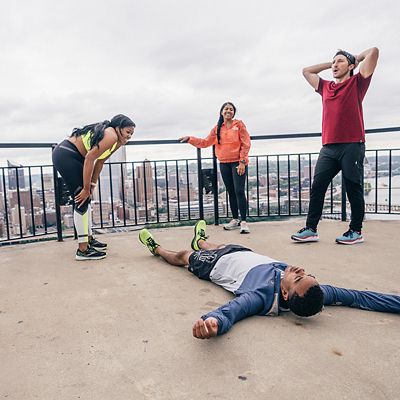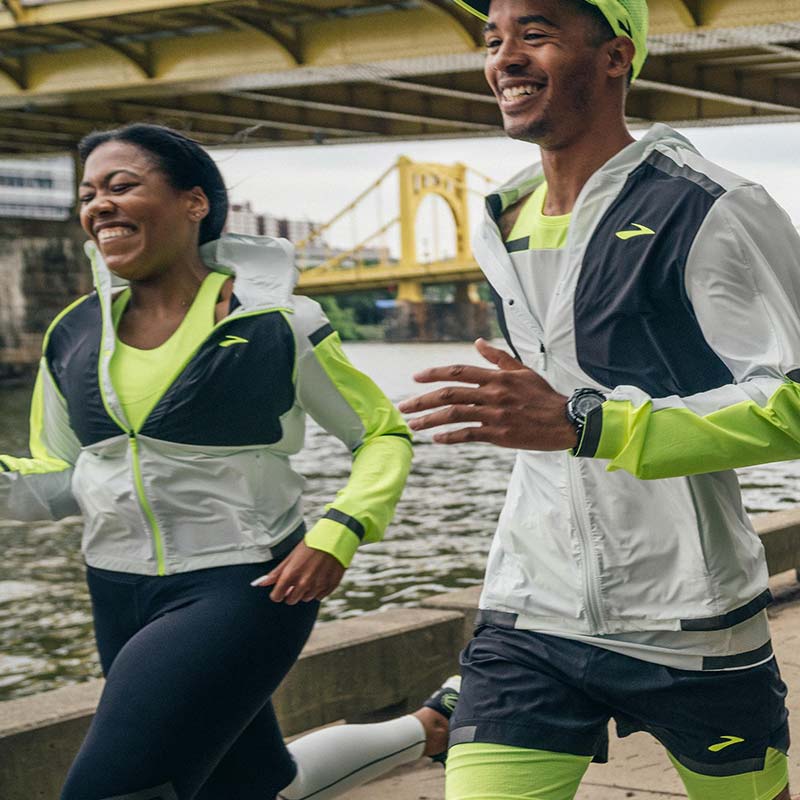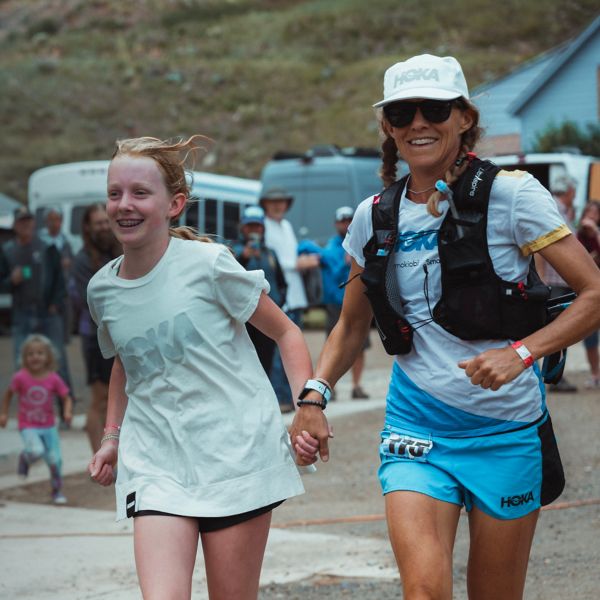To a certain degree, you run how you run. We all ran around playgrounds as kids, and have natural, individual running styles. Yet, if you compare an elite runner’s form to your own, it will likely reveal more than a few differences.
There’s growing evidence that analyzing your stride can produce significant improvements. A 2017 study published in the Medicine & Science in Sports & Exercise journal concluded that running technique explains a lot about why running economy and performance varies. The Journal for Orthopaedic Sports & Physical Therapy (2015) stated how real-time feedback on running form (from a movement specialist or physical therapist) is effective at treating injured runners or addressing potential injury-causing issues.
So while physiology explains the differences in how we run, knowing how to integrate a few best practices while making adjustments toward ideal running form, outlined below, can make all the difference. Keep these cues in mind to improve your running efficiency, help ward off injuries, and ultimately make you a faster runner.
POSTURE
The most efficient runners don’t lean too far forward or too far back.
Head
You want your head to be in line with your shoulders, your hips, your knees, and your feet—and not sticking out too far in front of you or falling back behind you.
- To achieve this, think tall. Envision a string running through your body from your feet to the top of your head, with some magical force pulling on the string and keeping you upright. You’ll naturally lean slightly forward while running, but envision keeping your head inline with your body.
- Keep your gaze 15 or so feet ahead of you, and not looking down at your feet. Aim for a level head (in running, and in life!).
Pelvis and Shoulders
Your pelvis shouldn’t tilt too far backward (where your booty sticks out) or be tucked too far underneath you (rounding your lower back).
Ideally, your shoulders stay nice and open instead of collapsed and rounded. This helps open your chest for optimal breathing, and helps overall posture stay upright.
- To achieve good overall posture before your run (or even mid-run), reach overhead with your hands clasped and point your palms toward the sky. This sets, or resets your body into a good running posture.


